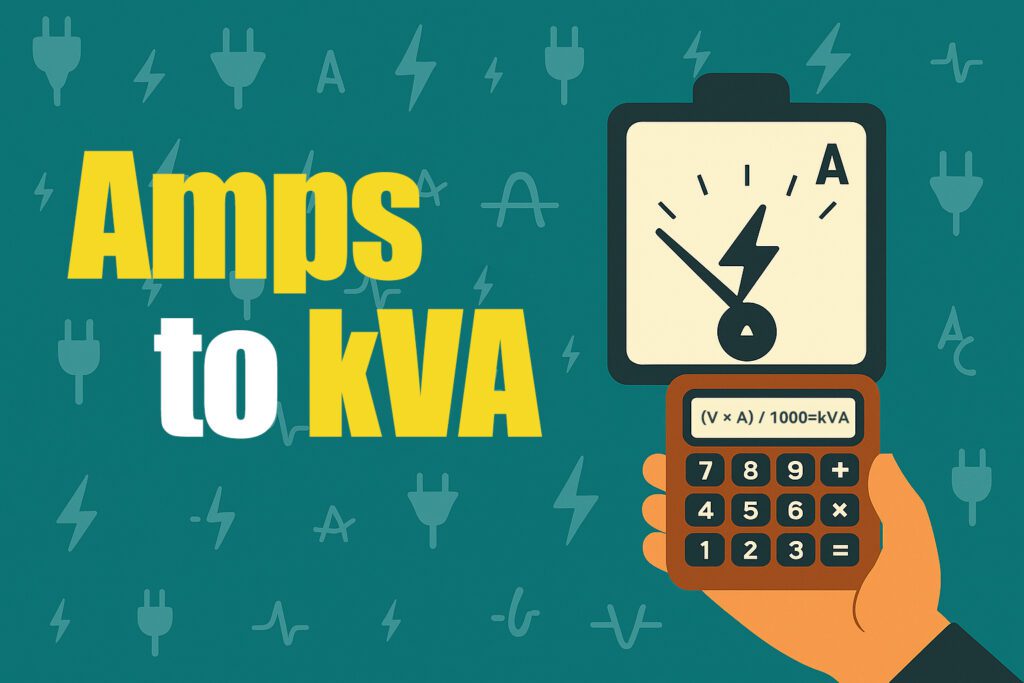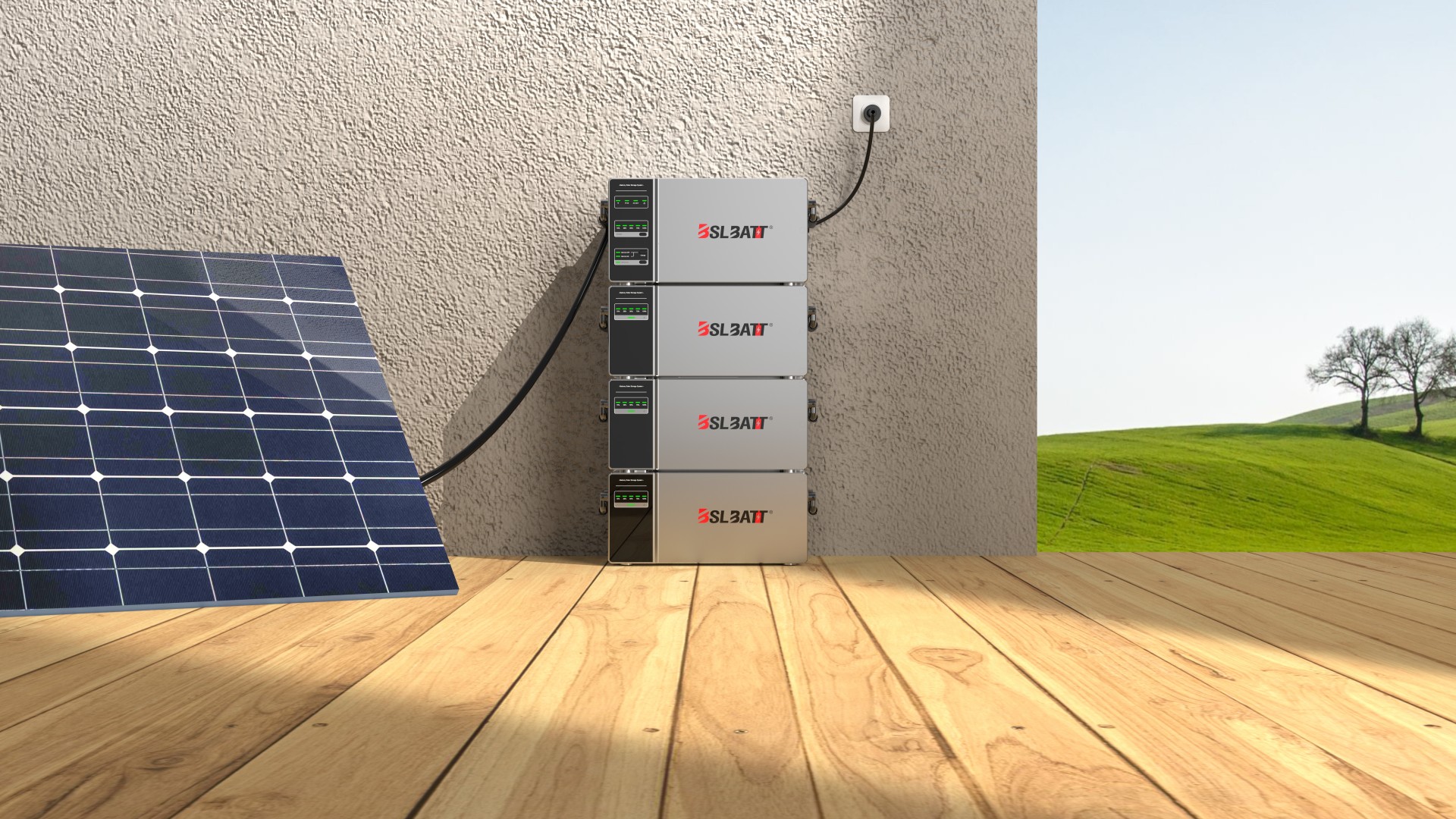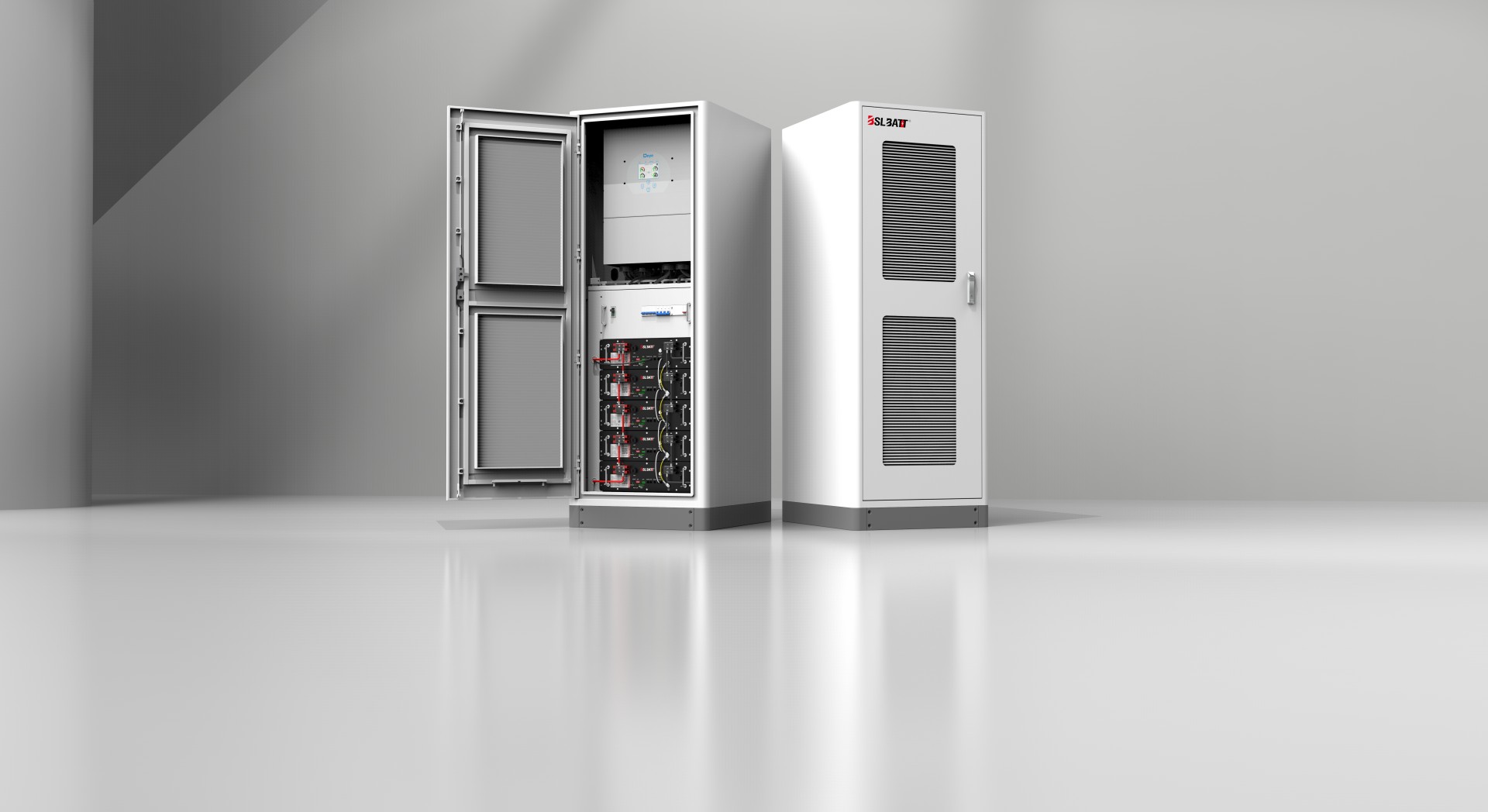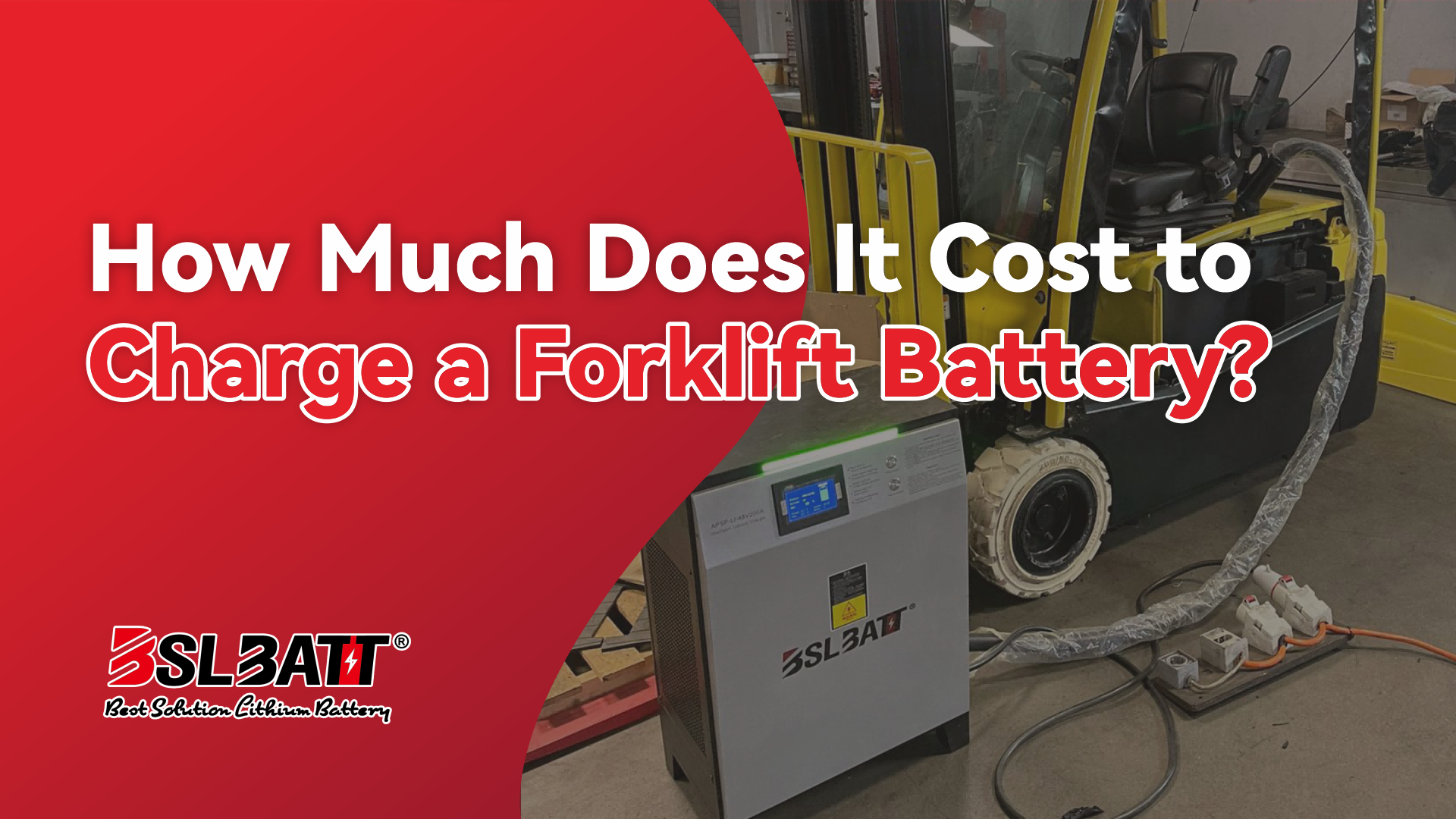Understanding how to convert amps to kVA is essential for monitoring power consumption. For instance, in industrial settings, a 120 kVA load on a three-phase 415Vac system indicates that each phase utilizes 40 kVA. Residential properties or solar energy systems also require precise calculations to manage power effectively. Utilize the amps to kVA calculator to simplify this process and avoid errors.
Amps to kVA Calculator
Change amps to kVA with this formula: kVA = (Amps × Voltage) ÷ 1000 for single-phase systems. This shows how much power you use.
For three-phase systems, use this formula: kVA = (√3 × Amps × Voltage) ÷ 1000. It helps manage power correctly in factories or big setups.
Always think about the power factor when finding kVA. A better power factor means using energy wisely, saving money, and keeping your machines safe.
Amps to kVA Conversion Formula Explained
Single-Phase Formula: Amps to kVA
To change amps into kVA for single-phase, you need to know how current, voltage, and power connect. The formula is simple:
kVA = (Amps × Voltage) ÷ 1000
This formula finds power in kilovolt-amperes (kVA). Multiply amps by voltage, then divide by 1,000. For example, if your system runs at 230 volts and uses 50 amps, the math is:
kVA = (50 × 230) ÷ 1000 = 11.5 kVA
This shows your system uses 11.5 kVA of power. A calculator for amps to kVA makes this easier, especially for changing voltages or big systems.
Three-Phase Formula: Amps to kVA
Three-phase systems use a different formula because of their setup. The formula for three-phase amps to kVA is:
kVA = (√3 × Amps × Voltage) ÷ 1000
Here, √3 (about 1.732) adjusts for the three-phase design. For example, if your system runs at 415 volts and uses 30 amps per phase, the math is:
kVA = (1.732 × 30 × 415) ÷ 1000 = 21.55 kVA
This means your system uses 21.55 kVA of power. Three-phase systems are common in factories, where exact numbers are key for managing power. Using a calculator helps you get accurate results quickly.
Why Power Factor Matters in Electrical Conversion
Power factor is important in electrical systems. It shows how well power is used. A high power factor, close to 1, means less current is needed for the same power. This saves energy and lowers costs.
For example, a power factor of 0.7 wastes more energy than one of 1. This can overwork your system and raise expenses. Adding capacitors can fix the power factor. This reduces wasted power, saves energy, and protects your equipment.
When using an amps to kVA calculator, always include the power factor. It helps you see how efficient your system is. This way, you can make better choices about energy and equipment.
How to Use the Amps to kVA Calculator
Step-by-Step Guide for Single-Phase Systems
Using the amps to kVA calculator is simple. Follow these steps:
Find the needed values: Get the current (amps) and voltage (volts).
Input the values: Type the current and voltage into the calculator.
Get the kVA: The calculator uses this formula:
kVA = (Amps × Voltage) ÷ 1000
For example, if your system runs at 230 volts and uses 50 amps, the result will be:
kVA = (50 × 230) ÷ 1000 = 11.5 kVA
4. Check the result: Make sure the output looks correct.
Step-by-Step Guide for Three-Phase Systems
Three-phase systems need a slightly different method. Follow these steps:
Gather the data: Find the current (amps), voltage (volts), and power factor.
Enter the values: Put the current and voltage into the calculator. Add the power factor if you have it.
Use the formula: The calculator applies this formula:
kVA = (√3 × Amps × Voltage) ÷ 1000
For example, if your system runs at 415 volts and uses 30 amps per phase, the result will be:
kVA = (1.732 × 30 × 415) ÷ 1000 = 21.55 kVA
4. Review the output: Ensure the result fits your system’s needs.
Real-World Example Calculation
Here’s how the calculator works in real situations:
Calculation Type | Example Calculation |
|---|---|
Simulated Forecast Calculation | July, 2004 Sm. Avg. = 2/2 * 129 = 129 |
Percent of Accuracy Calculation | POA = (133.6666 + 124 + 119.3333) / (114 + 119 + 137) * 100 = 101.891 |
Mean Absolute Deviation Calculation | MAD = (|133.6666−114| + |124−119| + |119.3333−137|) / 3 = (19.6666 + 5 + 17.6667) / 3 = 14.1111
|
These examples show how the calculator adjusts to changes. It gives accurate results for many uses. Whether for factories or solar systems, it makes tough math easy.
Practical Uses of Amps to kVA Conversion
Machines in Factories and BSLBATT Batteries
In factories, changing amps to kVA helps manage power. It ensures machines and batteries, like BSLBATT systems, work well. Factories need correct kVA numbers to avoid overloading or wasting power. For example, when picking transformers, the amps to kVA calculator helps save energy. This lowers costs and boosts performance.
Industry | How kVA is Used | Why Accurate kVA Helps |
|---|---|---|
Hospitals | Choosing transformers for better energy use | Cuts energy bills and improves system performance |
Factories | Managing power for machines | Prevents power waste or overload |
Data Centers | Making sure power is enough | Improves reliability and lowers running costs |
Knowing these uses helps you save energy and protect equipment.
Solar Panels and Wind Turbines
Solar and wind systems need careful power planning. Changing amps to kVA helps size inverters and batteries. For example, if solar panels make 50 amps at 230 volts, you can find the kVA to match the inverter. This helps store and share energy better.
Power factor is also important in these systems. A higher power factor means less wasted energy. This is key for getting the most from solar and wind setups. The amps to kVA calculator makes these tasks easier, helping you design and maintain your system.
Home Devices and Backup Generators
For home devices and generators, correct amps to kVA conversion is important. It keeps them safe and working well. Generators need the right size to handle different power needs. Knowing amps, voltage, and power factor helps pick the best generator.
Correct amps to kVA stops generator overload.
Amperage charts make it easy to find current needs.
Metric | What It Means | Why It Matters |
|---|---|---|
Amperage | The current a generator can handle, based on voltage and load. | High-demand devices need more amperage. |
Power Factor (PF) | Shows how well kVA turns into real power (kW). | Higher PF means better power use. |
Voltage Output | The electric potential a generator provides. | Impacts safety and performance. |
Using the amps to kVA calculator ensures devices and generators work well. It saves energy and makes them last longer.
Use in Real Projects: Try the Amps to kVA Calculator Now
How the Calculator Makes Work Easier
The amps to kVA calculator makes hard math simple and quick. You don’t need to use formulas by hand or worry about mistakes. Just enter values like current, voltage, and power factor to get kVA results fast. This tool is great for projects needing exact numbers.
For example:
Homeowners use it to figure out power needs for solar inverters. This helps share energy evenly across different devices.
Businesses use it to pick the right size generators. Good calculations stop overloads in offices or stores.
Engineers use it to find kVA for machines like motors and compressors. This makes sure power systems can handle heavy loads.
The calculator saves time and lowers the chance of errors. It helps you choose the best equipment and plan energy use. Whether for small home tasks or big factory setups, this tool makes work easier and improves results.
Why Pick BSLBATT for Factory Power Needs
BSLBATT is a trusted brand for factory power solutions. Their batteries give steady energy for many uses. They meet safety rules like UL, IEC, and CE to avoid risks like overheating.
Requirement | Description |
|---|---|
Reliable Energy | Batteries must work well in different factory setups. |
Safety Standards | Follow UL, IEC, and CE rules to prevent overheating or short circuits. |
Eco-Friendly Design | Focus on low pollution and easy recycling. |
Cost Savings | Batteries should save money over their lifetime. |
Growing Market Demand | Battery demand grows 8%-10% each year. |
Better Quality Control | Strong checks lower battery failures by 30%, boosting trust in the market. |
BSLBATT also leads in new ideas, with over 60 patents and awards. Their research team is highly respected in the industry. Choosing BSLBATT means getting safe, green, and affordable solutions that improve your projects.














